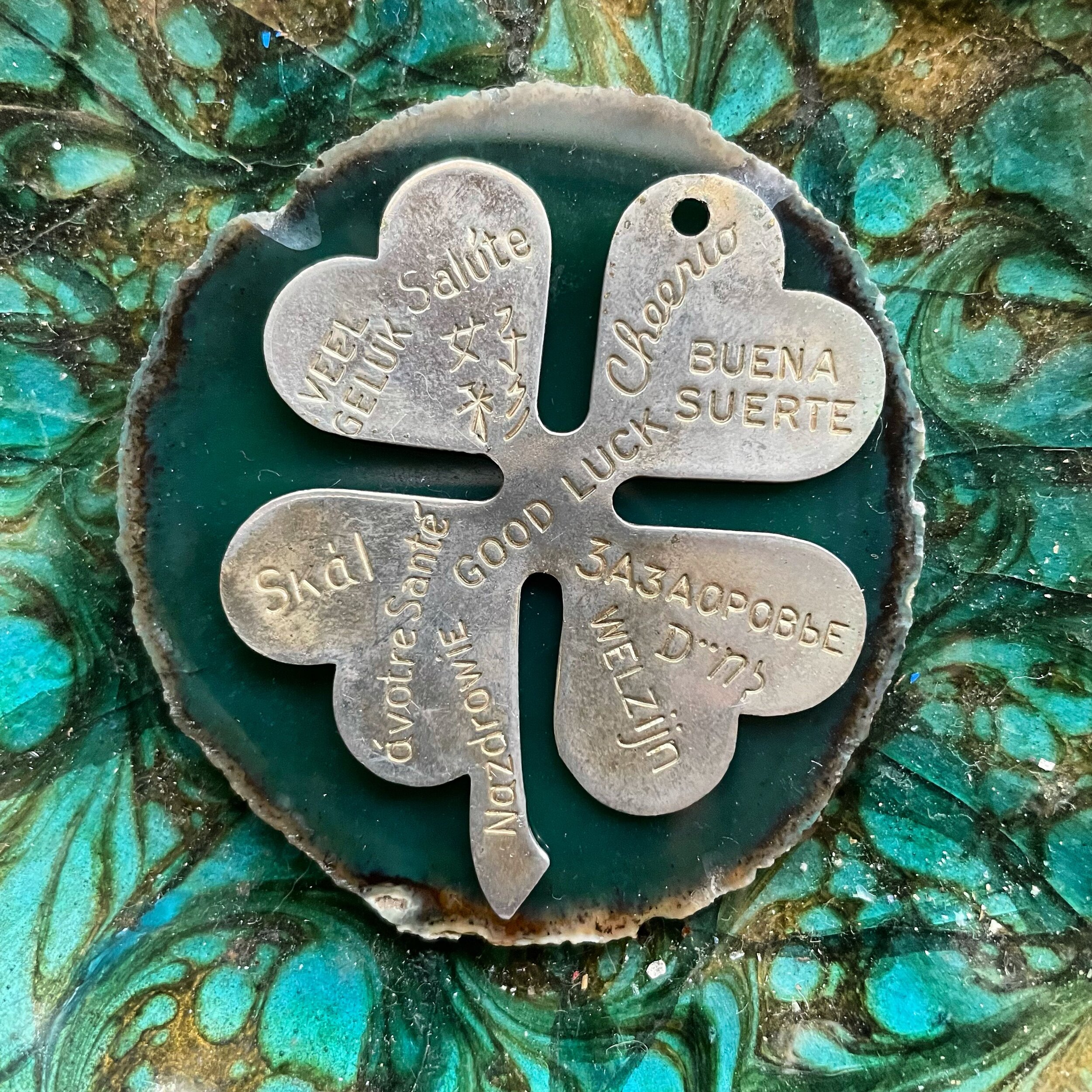Four-Leaf Clovers
The four-leaf clover is one of nature’s most treasured anomalies, revered across cultures and generations for its association with good luck. While its three-leaf cousin , the common clover (a.k.a. “shamrock”), is found in abundance, the elusive four-leaf variation is rare and sought-after.
Why Are Four-Leaf Clovers So Rare?
The rarity of the four-leaf clover stems from genetics. A typical clover plant produces leaves in clusters of three, but occasional mutations result in an extra leaflet. Scientists estimate the odds of finding a four-leaf clover are about 1 in 5,000, though these chances can vary depending on environmental factors and specific clover species. Certain clover species, like the white clover (Trifolium repens), are more likely to produce four-leaf variations. A record-breaking 63-leaf clover was cultivated in Japan in 2024.
What Does Each Leaf Represent?
Notwithstanding the lyrics to that great old tune “I’m looking over a four leaf clover,” each leaf is said to represent a different blessing: Faith, Hope, Love and Luck:
Faith: Belief in the unseen and the promise of brighter days.
Hope: The courage to look forward with optimism.
Love: A universal force that binds humanity together.
Luck: The unexpected fortune that adds sparkle to life.
This profound symbolism has made the four-leaf clover a beloved talisman for those seeking positivity and protection.
In the four leaf clover, we see a demonstration of the quaternary principle. A clover with four leaves evokes a sense of equilibrium and symmetry — wholeness. It is balanced, like the square. Its form echoes the four points of the cross and the four points of the compass. Consider the tetramorph, with its four points each correlated to an Evangelist: Mark (lion); Luke (bull); John (eagle); and Matthew (Angel).
Cultural and Historical Significance
Throughout history, the four-leaf clover has held a special place in folklore and legend. In Celtic traditions, druids considered them a powerful ward against evil spirits. During the Middle Ages, they were thought to bring protection and harmony, often tucked into clothing or carried as a charm.
In contemporary times, the four-leaf clover continues to inspire. Many companies and organizations use the four-leaf clover in their logos, including: Alfa Romeo, Ito En tea, and the 4-H club. In the realm of luxury design, the four-leaf clover motif features prominently — the iconic Van Cleef & Arpels “quatrefoil” from the Alhambra collection and Louis Vuitton’s logo both incorporate stylized four-leaf clovers.
The allure of the four-leaf clover transcends mere superstition; it embodies a universal desire for hope and prosperity. Whether found in nature or represented in art and design, the four-leaf clover continues to be a cherished symbol of good luck across cultures.
Finding Your Own Four-Leaf Clover
Though it takes patience and a keen eye, finding a four-leaf clover is a magical experience. The Bonheur blog shares some tips from expert four-leaf clover hunter Leslie Hirst, who recommends searching in areas with lush, thick patches of clover. Early morning or after rain are ideal times, as the leaves stand out against dewy grass. Once discovered, the clover becomes a reminder of nature’s small but extraordinary surprises. Many enthusiasts press and frame their finds as keepsakes, transforming them into timeless mementos of a lucky moment.
Chromolithograph, Clover with wishbone, horseshoe, black cat and rabbit's foot


Leather postcard "You are my lucky four leaf."

Pigs standing in a line with four-leaf clovers

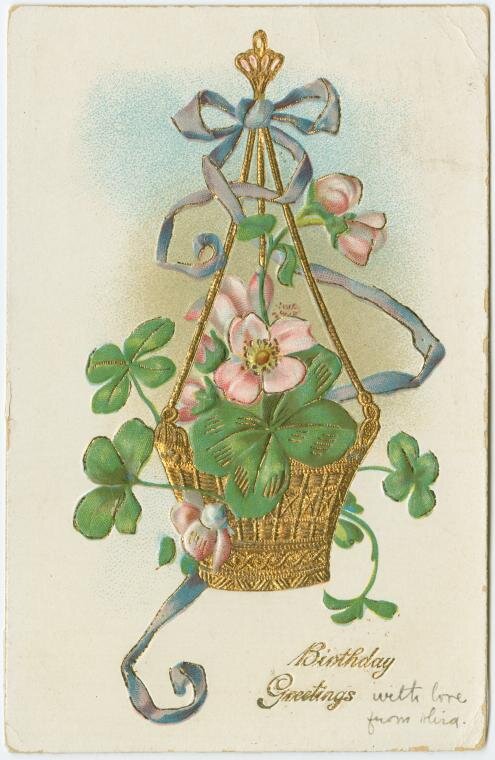
Four-leaf clover from the Pitt Rivers Museum collection



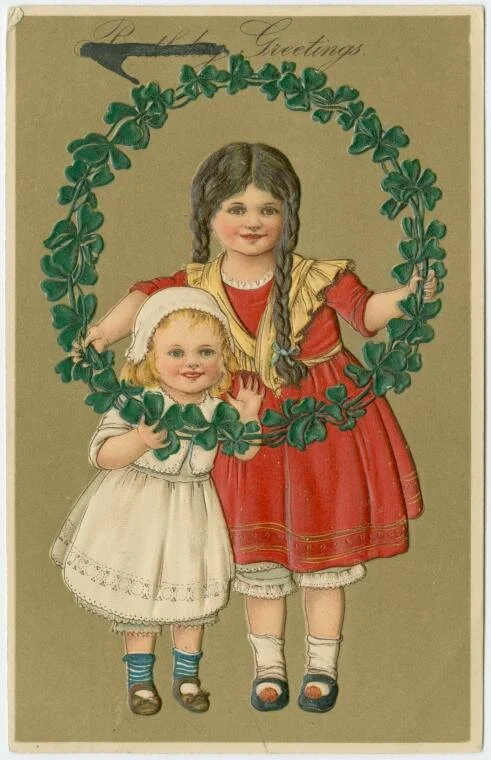


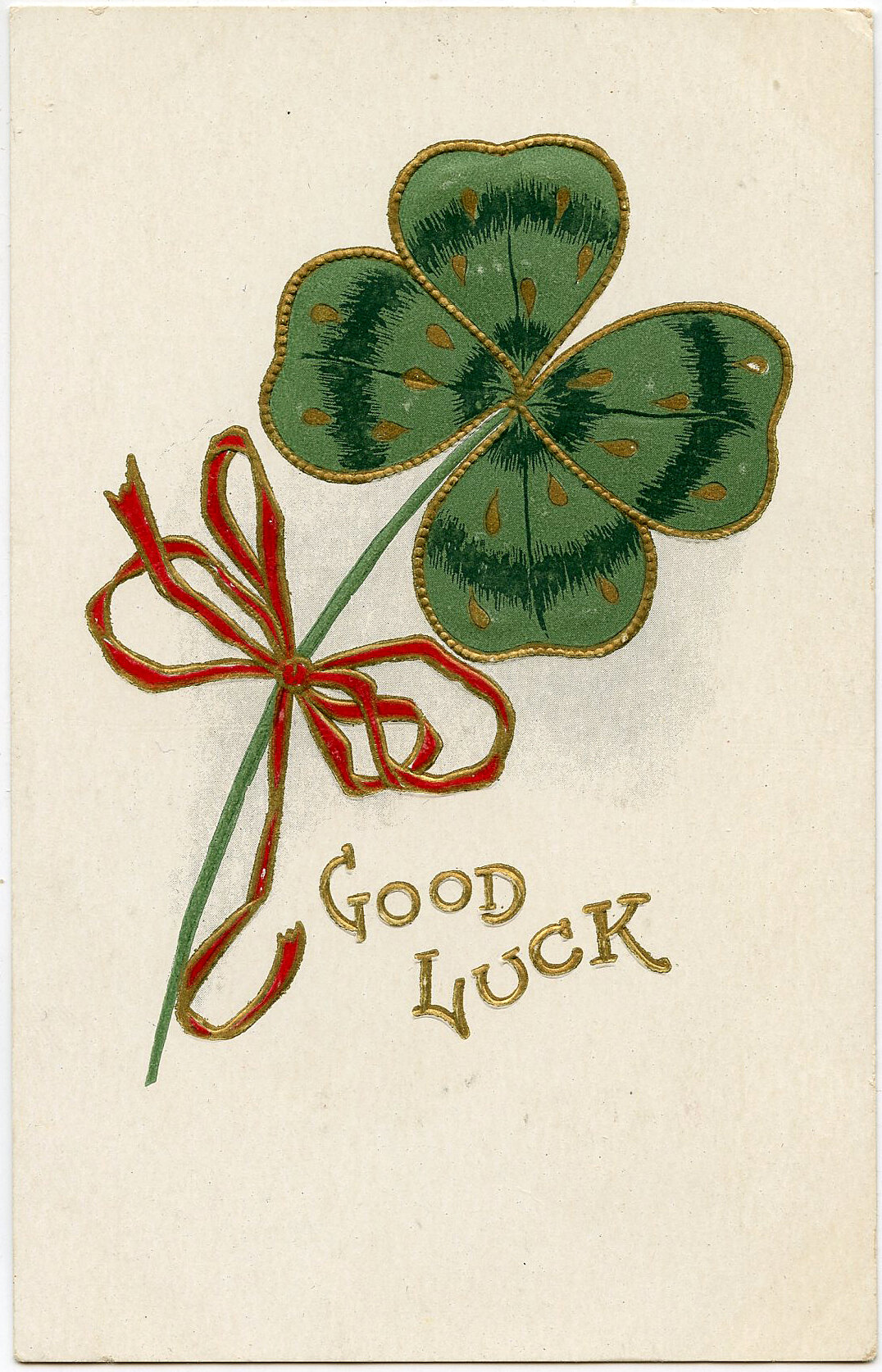
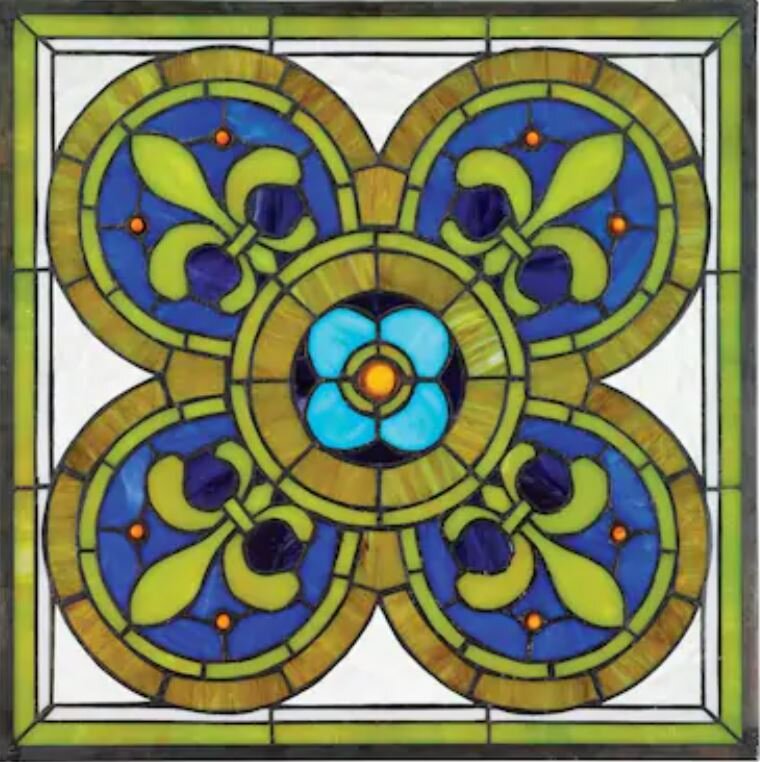
Stained glass Quatrefoil with fleur de lys motif


Four-leaf clover and horseshoe fob, House of Good Fortune Collection
Four-leaf clover with expressions of good luck, House of Good Fortune Collection

4-H Logo
Van Cleef & Arpels iconic Alhambra collection quatrefoil




